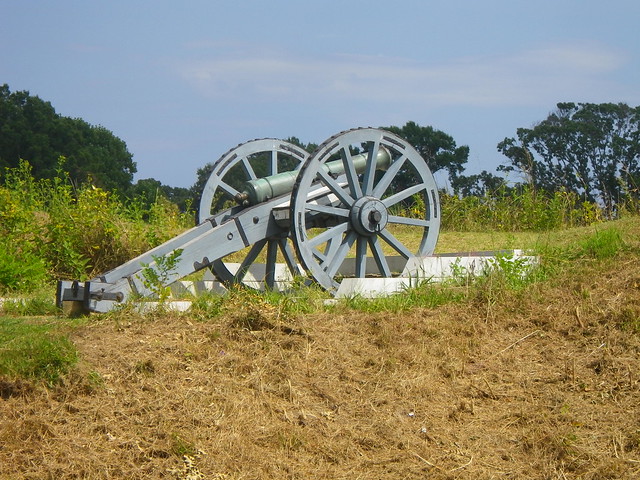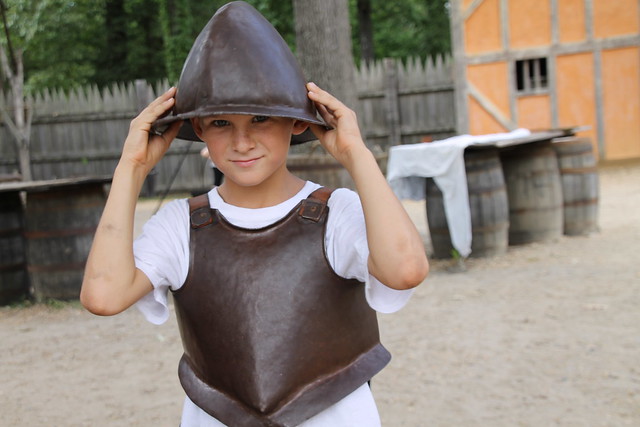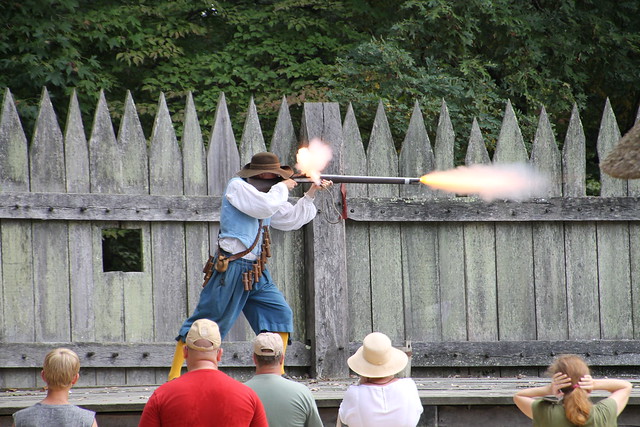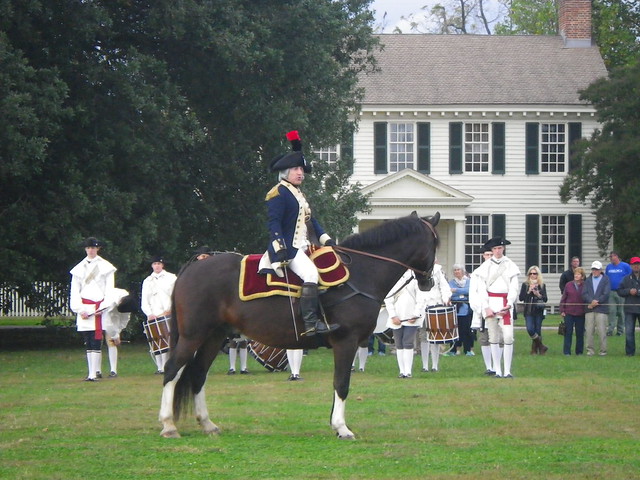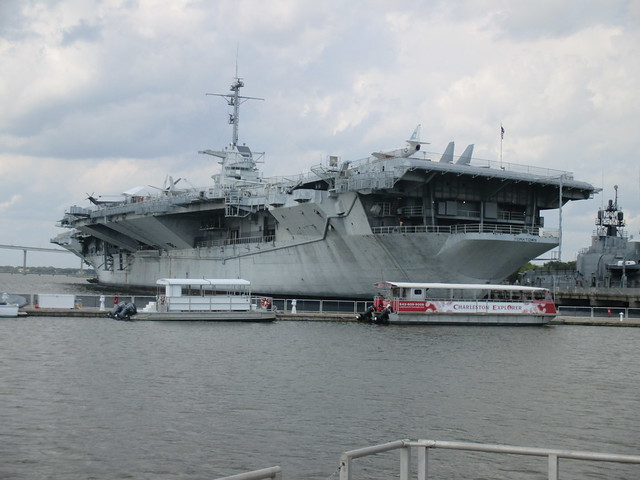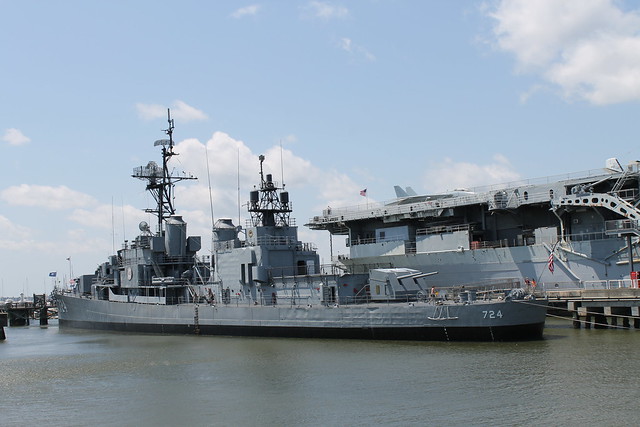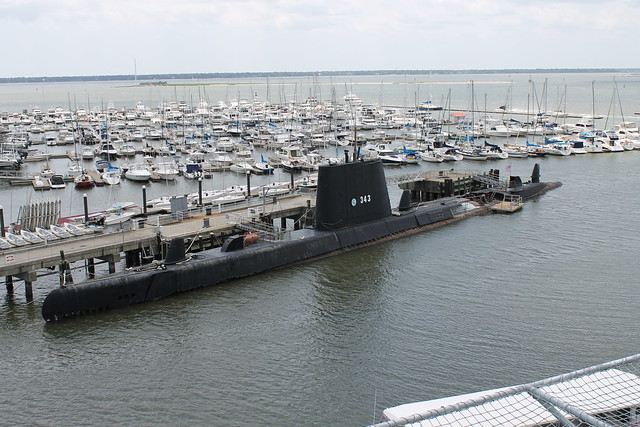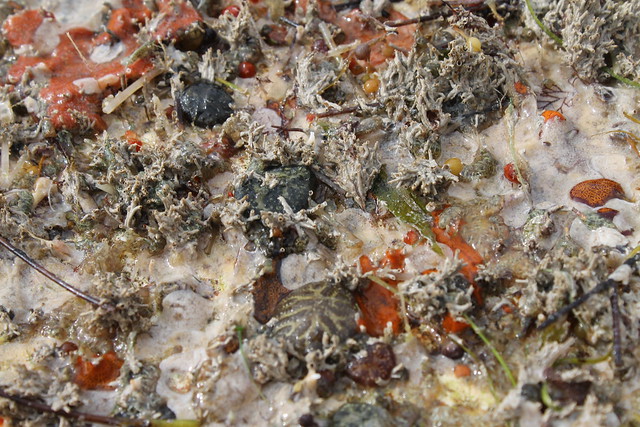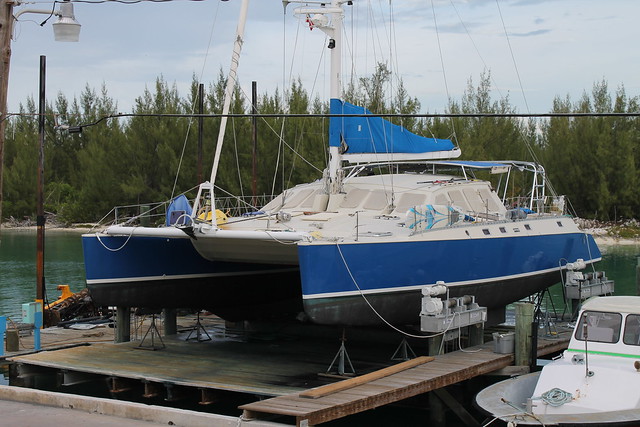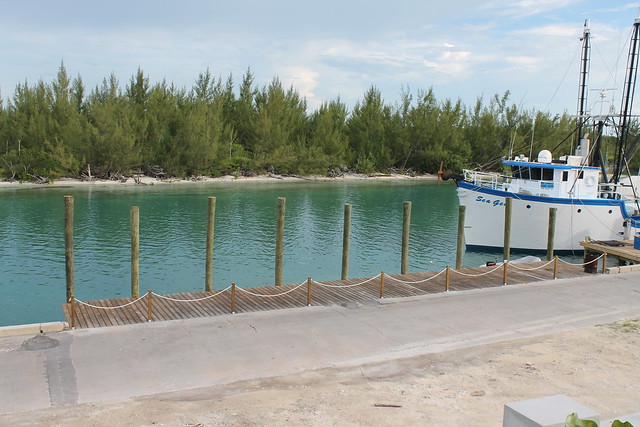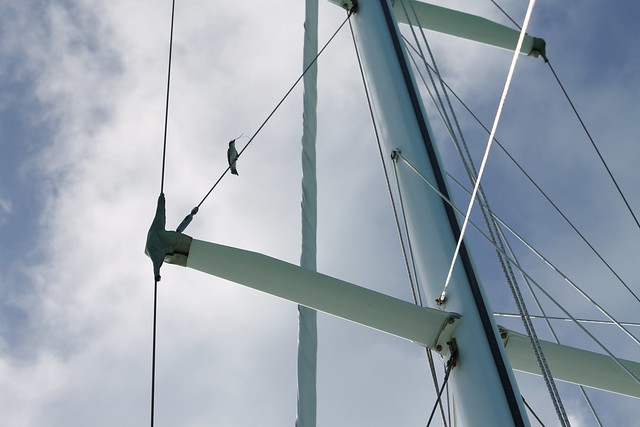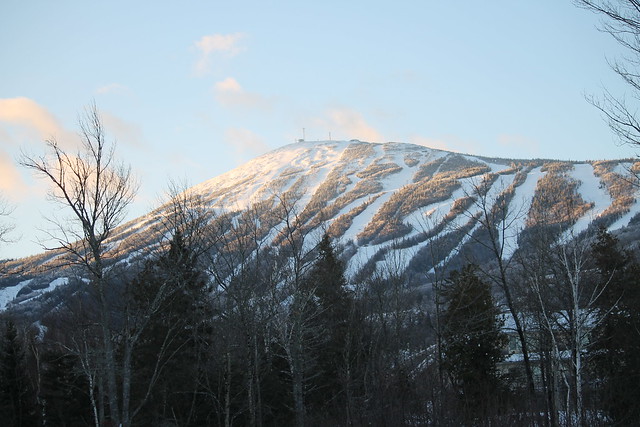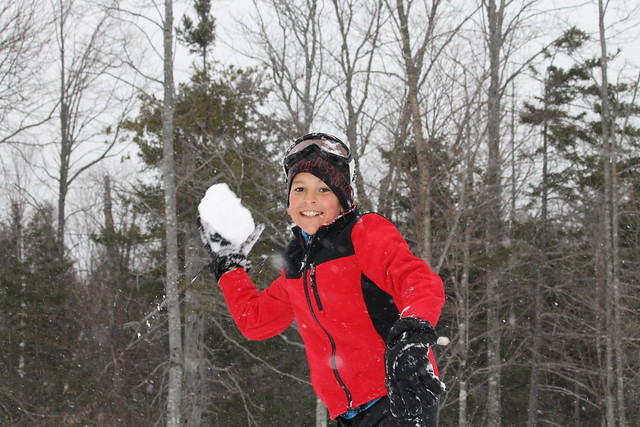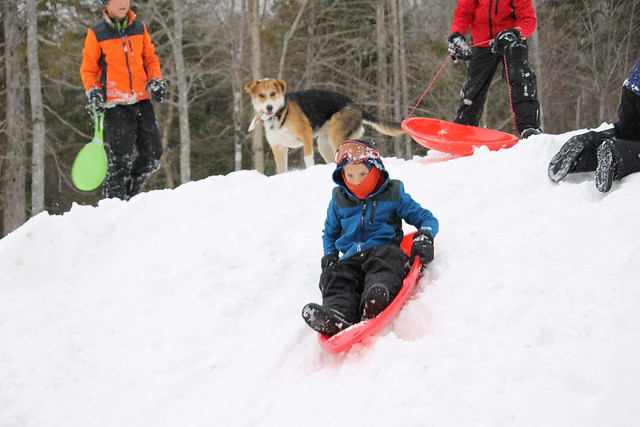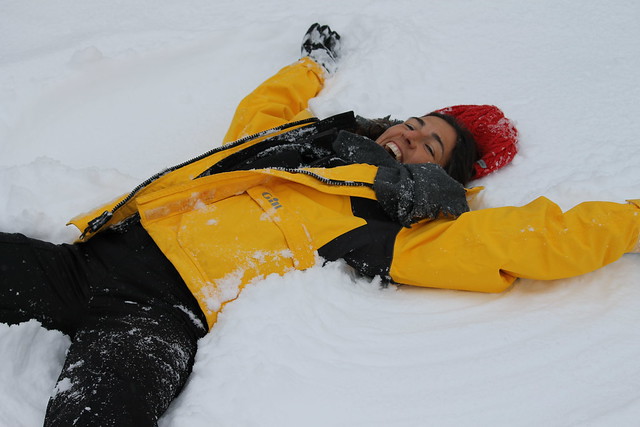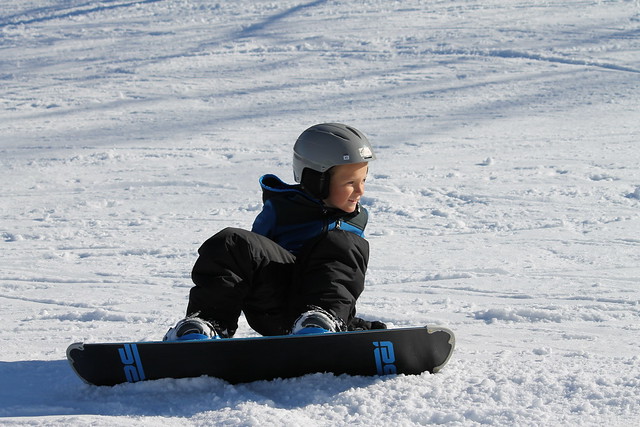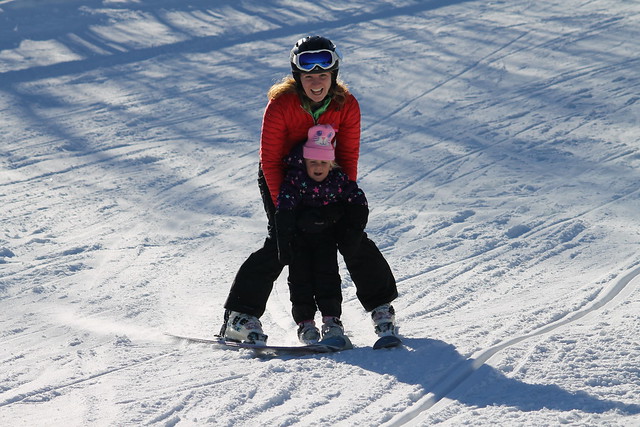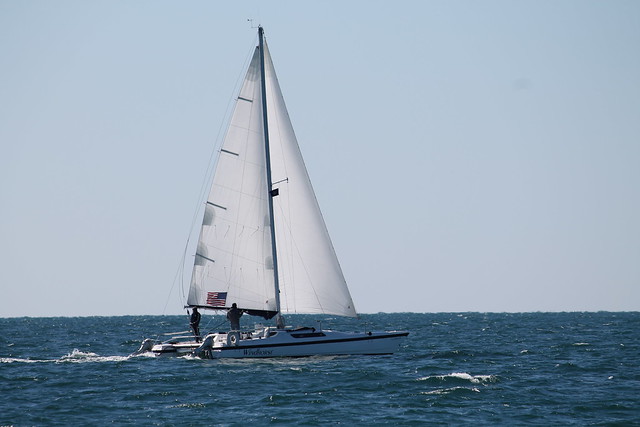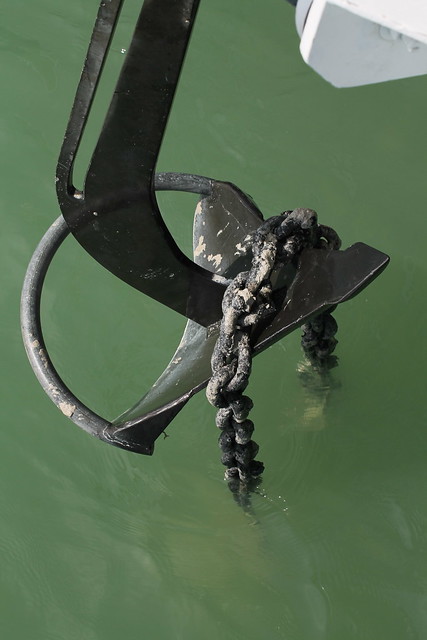Our trip to Maine was a huge success. We made it there and back, nobody got sick, nobody got (seriously) hurt, and everyone had a great time.
We didn’t play it up beforehand because of the disappointment we suffered when last year’s trip was cancelled at the last minute. But now that it’s behind us, we aren’t able to stop thinking about it. The gratitude we feel toward everyone who made it possible, makes me feel almost… effusive. Almost.
The instigator of the plan, and major player in its execution, was Heather, Tanya’s best friend from college. She once visited us on H-Dock, where she was known as “Heather from Maine”, and helped make stories that will never be forgotten. She and her husband, Nathan, have a boy about Aaron's age and run a brewery in Portland. Her parents split their time between a trawler and their condo at Sugarloaf Mountain. They are all skiing fiends.
We were welcomed to spend the first part of our trip to Maine at the Sugarloaf condo. We didn’t let ourselves believe it was really going to happen until our plane was descending into Portland. The kids’ excitement reached critical levels when we broke through the clouds and they could see the snow-covered landscape below. The first snowball fight erupted on the sidewalk just outside Baggage Claim. Another 2-hour drive, and after fourteen hours of travel we had arrived at Sugarloaf.
Our first day on the mountain was spent just playing in the snow. It was a day of testing unfamiliar gear, having snowball fights, sledding, and making snow forts. Basically getting oriented and working out all that childish delight about the white fluffy stuff. We received several comments from jaded Mainers telling us how nice it was to see kids enjoying the snow. By the end of February, all the locals are pretty much sick of winter.
The serious work began on the second day, when we signed the kids up for lessons. We consider it our job as parents to help them find their loves in life, and sometimes they need a little encouragement to try new things. We did something similar with dinghy racing classes last summer, and the results were… meh. They learned the basics, but didn’t really want to pursue it. So we didn’t have huge expectations for skiing. If they were done after a day, we would have been okay with that. But that’s not how it turned out.
For three days Heather and her parents shepherded the kids as they progressed higher and higher up the mountain… and came down it faster and faster. Eli and Sarah on skis, Aaron on a snowboard, and Sam on both. Even Rachel got in on the action, wearing tiny skis and holding onto Heather. Tanya and I enjoyed every minute of it… vicariously… from the lodge.
On our fifth and last day on the mountain, we traded downhill skiing for cross-country, and the kids reaction was less wholly positive. Aaron and Sam asked how fast they could go and were not impressed with the answer, especially the part about going back up the hills, and decided they'd rather sit in the lodge and watch the fire. But we had mercy and let them slide on inner tubes down an icy slope onto a frozen lake instead.
In three days and countless wipeouts going downhill on skis and snowboards, nobody got hurt. But after fifteen minutes of tubing, both Aaron and Sam had injuries. Aaron flipped his tube over and landed on his head (no helmet) and Sam took a bad spill while dragging his tube back up the hill. Neither was seriously hurt, and both felt much better after a couple hot chocolates, but that was it for the tubing.
Sarah really enjoyed the cross-country skiiing. Eli I think would have rather smacked his head on the ice.
We always try to quit while we’re still having fun, and we were totally successful this time. Everybody wanted more. We really didn’t know how well the kids would take to skiing, so we didn’t plan to spend more time on the mountain. Next time we’ll know better. Yes, there will be a next time.
See all the skiing pictures
here.

